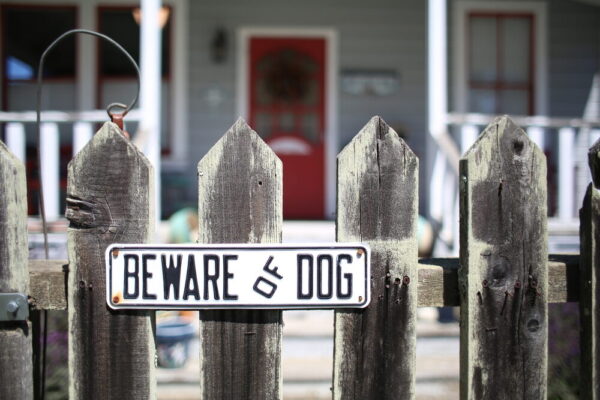The number of claims related to dog bites has remained the same, while the amount of money paid out in claims has risen. In fact, last year dog bites accounted for more than one-third of all monies paid out in homeowners’ insurance liability claims, according to a recent article in TIME.
Data gathered from Insurance Information Institute (III) indicates that over the past decade, the number of dog bite claims has increased from the low 14,000s to the high 16,000s. In 2012, the number remained at 16,459 down from the 16,695 in 2011.
That being said, although dog bites have fluctuated over the years, the value of claims has continued to soar. Dog bite claims, in 2012, accounted for $489.7 million, which is one-third of all homeowners liability claims paid per year. Compared to 2003, when there was few hundred more dog bite claims and yet the payout was only $342.2 million. From 2003 to 2012, the value of dog bite claims increased 51%. With the average dog bite claim increasing from $19,162 to $29,752 last year, an increase of 55%.
What Dog Owners Need to Know
At all times dog should be supervised and not left alone with young children.
Spay/Neutering can help to reduce aggression, particularly in male dogs.
Socializing and training will help your dog learn to interact with others – it is as important for the dog as the dog owner.
Dogs should not be allowed to roam freely; obey leash laws.
Dog Bites & the Law
The statues that oversee dog bites vary state to state. In many, the dog owner can be held liable for any injury, regardless of whether the dog previously displayed any aggressive behavior, which is known as “strict liability.” Using this theory, even if the dog owner had no reason to know the animal was a threat and that animal were to bite someone, the owner could be held liable.
Exceptions to the Strict Liability Rule for Dog Owners
If a dog bites a trespasser, the dog owner is not liable.
The dog owner is not held liable if it bites and veterinarian treating him.
Breed-specific legislation (BSL)—which regulates or bans certain breeds of dogs—as a way to reduce dog bites, has been attempted in some cities and municipalities although it is often debated as to the effectiveness.

The Legal Examiner and our Affiliate Network strive to be the place you look to for news, context, and more, wherever your life intersects with the law.










Comments for this article are closed.